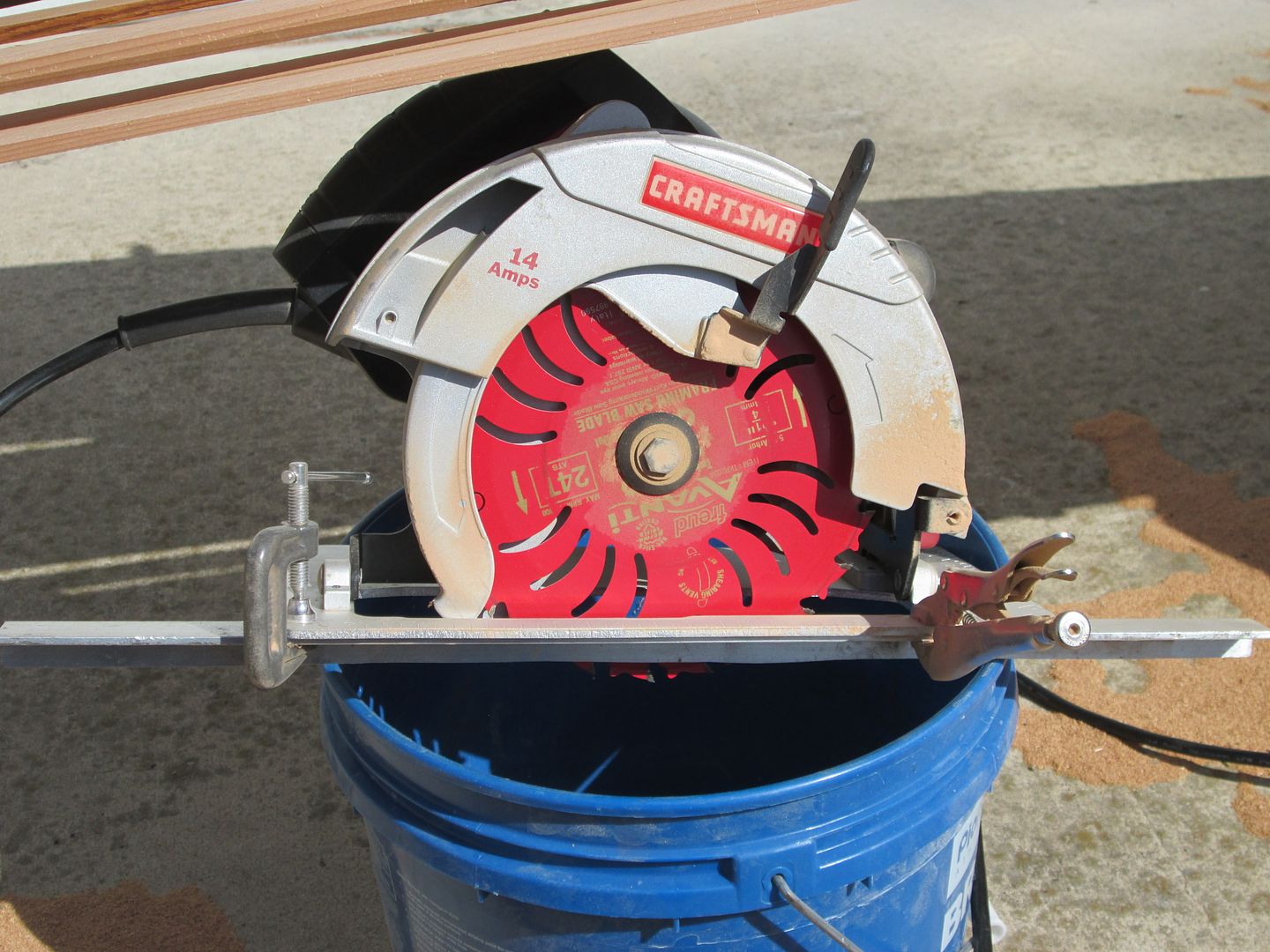Welcome to site membership, Kliff!
Feel free to ask any questions and post messages, photos and videos in any of our forums. Of course, you've already ripped out to a running start. Please consider adding your location and an avatar photo to your profile. We look forward to your boat build and other future contributions to our community.
Feel free to ask any questions and post messages, photos and videos in any of our forums. Of course, you've already ripped out to a running start. Please consider adding your location and an avatar photo to your profile. We look forward to your boat build and other future contributions to our community.


